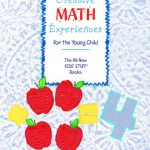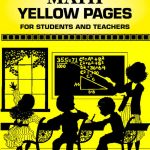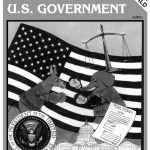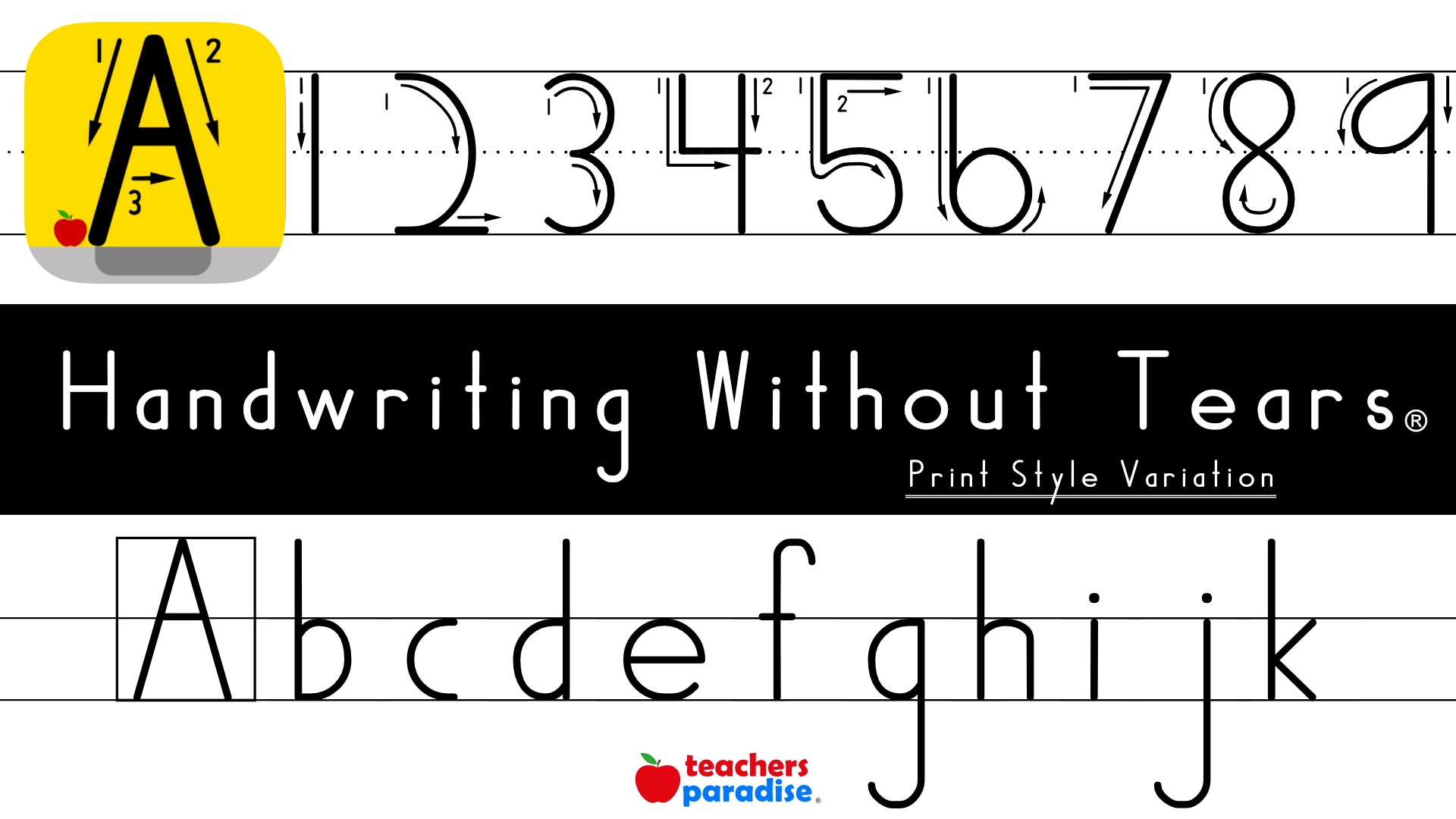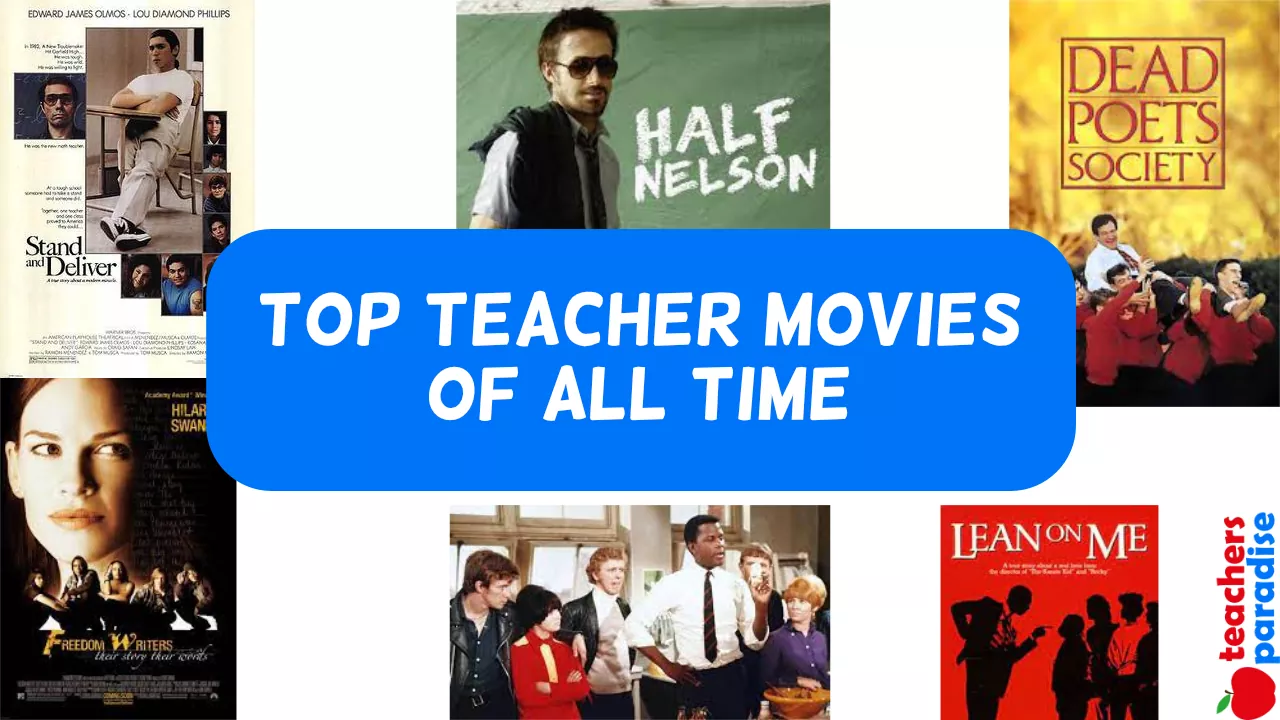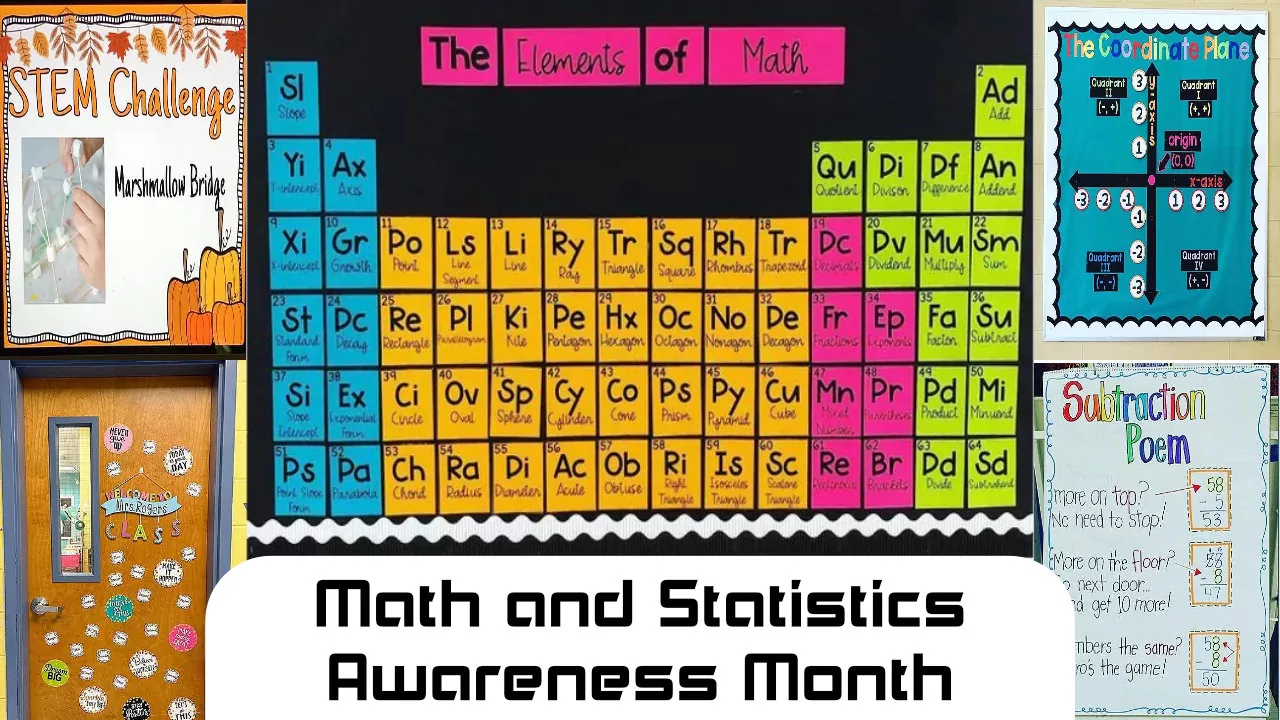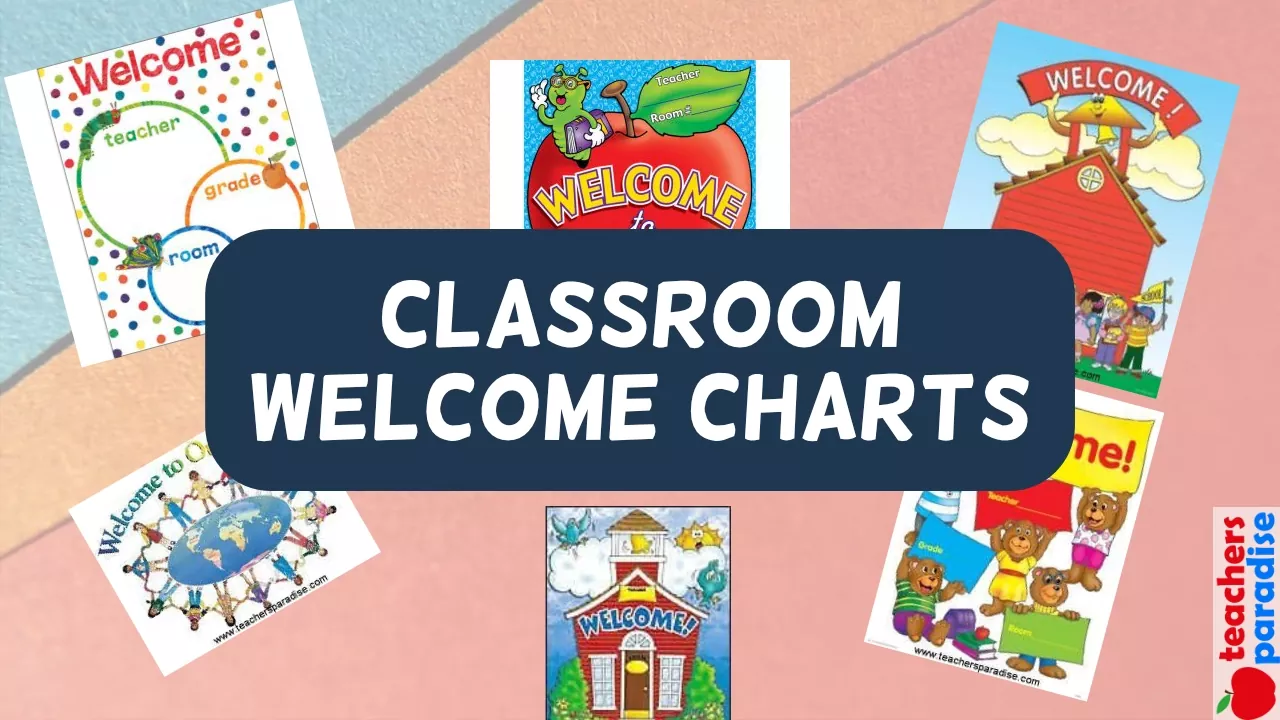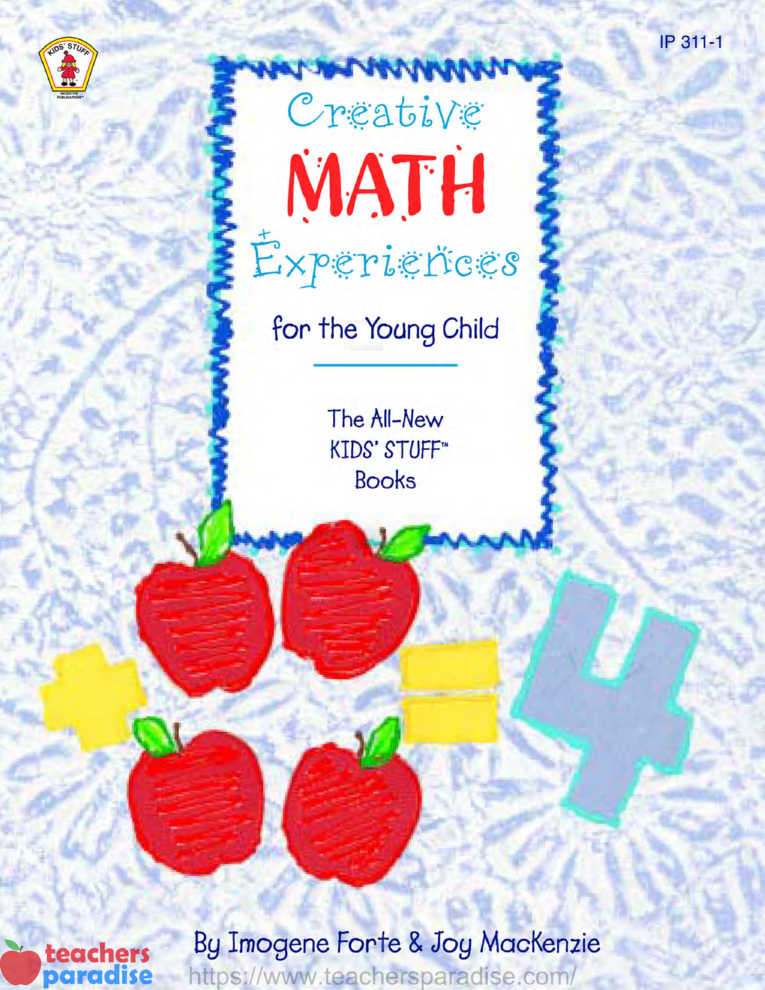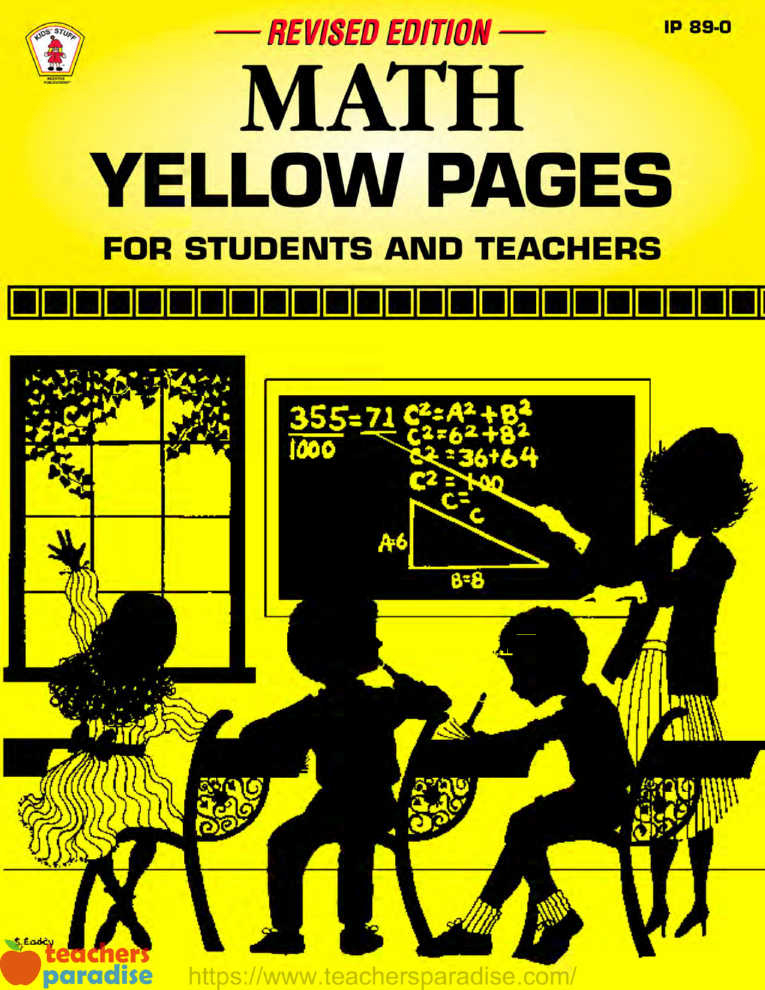Grade 6 Reading Comprehension Activities
A MAD CARTOONIST
Many people probably know the name Alfred E. Neuman, but few know the name of Norman Mingo. Without Mr. Mingo, Alfred E. Neuman would not exist. Norman Mingo is the cartoonist who created the well-known trademark for Mad Magazine.
Norman Mingo was an artist who had been drawing pictures from the time he was a little boy. Born in Chicago he had his first drawings published in national magazines before he was fourteen. Mr. Mingo left school at the age of fifteen to become a fashion illustrator for a men’s store. His youthful career was interrupted by World War I during which he served overseas. After the war Norman Mingo returned to Chicago and completed his education, getting a degree in art. For the next thirty years, he made a living as an artist, doing commercial work and portraits, often of well-known people. However, it was not until he was sixty years old that he did the work which many people will remember. That, of course, was the creation of Alfred E. Neuman.
In 1956 Mad Magazine was brand new and had gained considerable attention with a fake presidential campaign. Their candidate was a person named Alfred E. Neuman. Mr. Neuman’s slogan for the campaign was, “What? Me worry?” Unfortunately, Alfred had no hope of winning the campaign because no one knew what he looked like. The people at Mad decided they needed a face to go with the name. They advertised for an artist to draw that face.
WORKSHEET & Sample PDF Activity
Sample PDF Activity
Norman Mingo saw the advertisement and answered it. The people at Mad told him what they wanted. They also told him that Neuman was not a real person but a figment of their collective imaginations. Actually, it is believed that the name came from Alfred E. Newman, a band leader on a popular radio show who was the brunt of many jokes. The spelling was changed when the editors at Mad adopted the name.

Norman Mingo left the meeting with the Mad people and went home. That night he started to draw, and by morning a leering face with big ears took shape on his drawing board. Alfred E. Neuman had been born!
The editors thought the image was perfect and hired Mr. Mingo to draw Alfred. Alfred’s face has now appeared on every cover of Mad except one and has become the official trademark. The strange looking male has been on T-shirts, posters, and even in a Broadway musical. As a logo, or trademark, he has become world-famous. When asked if he was jealous of his character’s fame, Mr. Mingo once replied, “What? Me jealous?”
Write your answers to each question in a complete sentence:
- This article is mainly about (what person?)__________________________.
- What did he create? _______________________________________________.
- At what point in his career did he create this? _______________________.
- Underline the clues in the story that tell you that Mr. Mingo was not a young man when he got the Mad job.
- What other kinds of art did Mingo do? ______________________________.
- How did Mad first get attention? ____________________________________.
- What was the slogan? _____________________________________________.
- What do you learn about Alfred E. Neuman?________________________.
- How does Alfred E. Neuman fit into the story? _______________________.
Who was he?______________________________________________________. - Do you think Mr. Mingo was jealous of Alfred’s fame? Explain. ______.
__________________________________________________________________.

On Your Own
Each word below was used in the story. Find the word and underline it. What does the
word mean? Check the dictionary to be sure, then use each word in a sentence of your
own.
- trademark ________________________________________________________
- figment __________________________________________________________
- commercial ______________________________________________________
- brunt ____________________________________________________________
- leering ___________________________________________________________
- logo _____________________________________________________________
- collective _________________________________________________________
- slogan ___________________________________________________________
List several synonyms for each word below. - leering ___________________________________________________________
- brunt ____________________________________________________________
ANSWER KEY
Pages 1-2. A Mad Cartoonist
Skills Reinforced: Main Idea, Inference, Details Students should write their answers in complete sentences whenever possible in all exercises. Answers will vary but should contain the following points: 1. Norman Mingo 2. Alfred E. Neuman 3. late in his career 4. underline World War I, next thirty years, sixty years old 5. portraits, fashion illustrations, commercial art 6. with a mock presidential campaign 7. “What? Me worry?” 8. mock presidential candidate, name came from a bandleader, has a leering face, big ears, strange looking, magazine trademark became world famous 9. gave the character his name, bandleader 10. answers will vary; personal opinion 11-20. Answers will vary.
Page 3. What’s So Funny?
Skills Reinforced: Main Idea, Details, Literary Form 1. literature that makes fun of human weakness; humor with a purpose 2. to make people stop to think 3. writes satire 4. plays, poems, novels, short stories 5. Yes. Answers will vary. 6. In the Bible, ancient Greeks wrote satire, early Romans wrote satire 7. Answers will vary. Could lead to a discussion of stock characters 8-10. Answers will vary.
Pages 4-5. Groups Within Groups
Skills Reinforced: Main Idea, Sequence, Details
- system of classification of animals 2. classifying
Table of Contents
A Mad Cartoonist (Main Idea/Inference/Details) – 1, 2
What’s So Funny? (Main Idea/Details/Literary Form) – 3
Groups within Groups (Main Idea/Sequence/Details) – 4, 5
Where Do You Belong? (Classifying/Reading for Details) – 6
Land, Sea and Air (Context Clues/Vocabulary Development) – 7
Cave Boy (Main Idea/Inference/Comparisons) – 8, 9
Ship Ahoy! (Word Meaning/Dictionary Entry) – 10
Scholars, Students, and Pupils (Synonyms/Sentence Meaning) – 11
Bat Girl (Characterization/Empathy/Main Idea) – 12, 13
Jerry’s Circumorbital Hematoma (Word Meaning/Dictionary Labels/Jargon) – 14
Language Goulash (Etymology/Paragraph Meaning/Sentence Meaning/Dictionary Use) – 15
Pharaohs and Presidents (Main Idea/Time Relationships/Sequence) – 16, 17
A Letter Across Time (Main Idea/Cause-Effect/Comparison) – 18, 19
Plebes and Senators (Vocabulary Development/Context Clues)20
Taking Words Apart (Prefix/Base-Root-Stem/Suffix) – 21
Out of Sight (Main Idea/Details/Unstated Main Idea) – 22, 23
A Rock That Burns (Cause-Effect/Main Idea) – 24
How Hard Is a Mineral? (Reading Chart/Inference) – 25
Strike It Rich! (Reading Map Cross-Section/Symbols) – 26
Derricks, Tripods and Retro-Rockets (Vocabulary Development/Classifying) – 27
Surprise (Main Idea/Drawing Conclusions/Irony) – 28, 29
You’re Getting Warmer (Following Directions/Vocabulary Development/Dictionary Use) – 30
A Foul Fowl (Sentence Meaning/Homonyms/Vocabulary Development) – 31
What Is Anthropology? (Main Idea/Details/Inference) – 32, 33
You Ought to be in Pictures! (Sentence and Paragraph Meaning/Punctuation) – 34
A Poem to Think About (Poetry/Meaning/Rhythm) – 35
Applauding the Hand (Main Idea/Skimming/Outline) – 36, 37
What’s Going on in There? (Main Idea/Classifying/Details/Unstated Main Idea) – 38, 39
Proud as a Chicken? (Figurative Language/Sentence Meaning/Classifying) – 40
A Two-Ton Cat (Fact and Fiction/Author’s Purpose) – 41
Dominga, Dominga! (Main Idea/Emotional Reaction of Characters/Empathy) – 42, 43
And Then – (Main Idea/Predicting Outcomes) – 44, 45
Money Matters (Class Forms/Vocabulary Development/Sentence Meaning) – 46
Word Families (Word Parts/Vocabulary Development/Dictionary Use) – 47
How You Differ From a Flower (Main Idea/Comparison) – 48, 49
A Tree Is to a Popsicle Stick as – (Analogous Relationships/Reasoning) – 50
A Verbal Bouquet (Dictionary Use/Etymology) – 51
Rome, March 15, Roman Year 709 (44 B – C ) (Main Idea/Details/Unstated Main Idea/Empathy) – 52, 53
Word Parts (Latin Roots/Prefix-Suffix/Vocabulary Development) – 54
What Is a “Nice” Person? (Descriptive Words/Vocabulary Development) – 55
Beasts and Other Literary Animals (Main Idea/Time Relationships/Literary Forms) – 56, 57
Letters to the World (Main Idea/Characterization/Biography) – 58, 59
Reading Between the Lines (Poetry Meaning/Figurative Language) – 60
Picnics and Games (Idioms/Sentence Meaning) – 61
The End (Conclusions/Main Idea/Details) – 62
C – S – Lewis and Mozambique (Reference Sources/Classification) – 63
A Pat on the Back (Review/Following Directions) – 64




